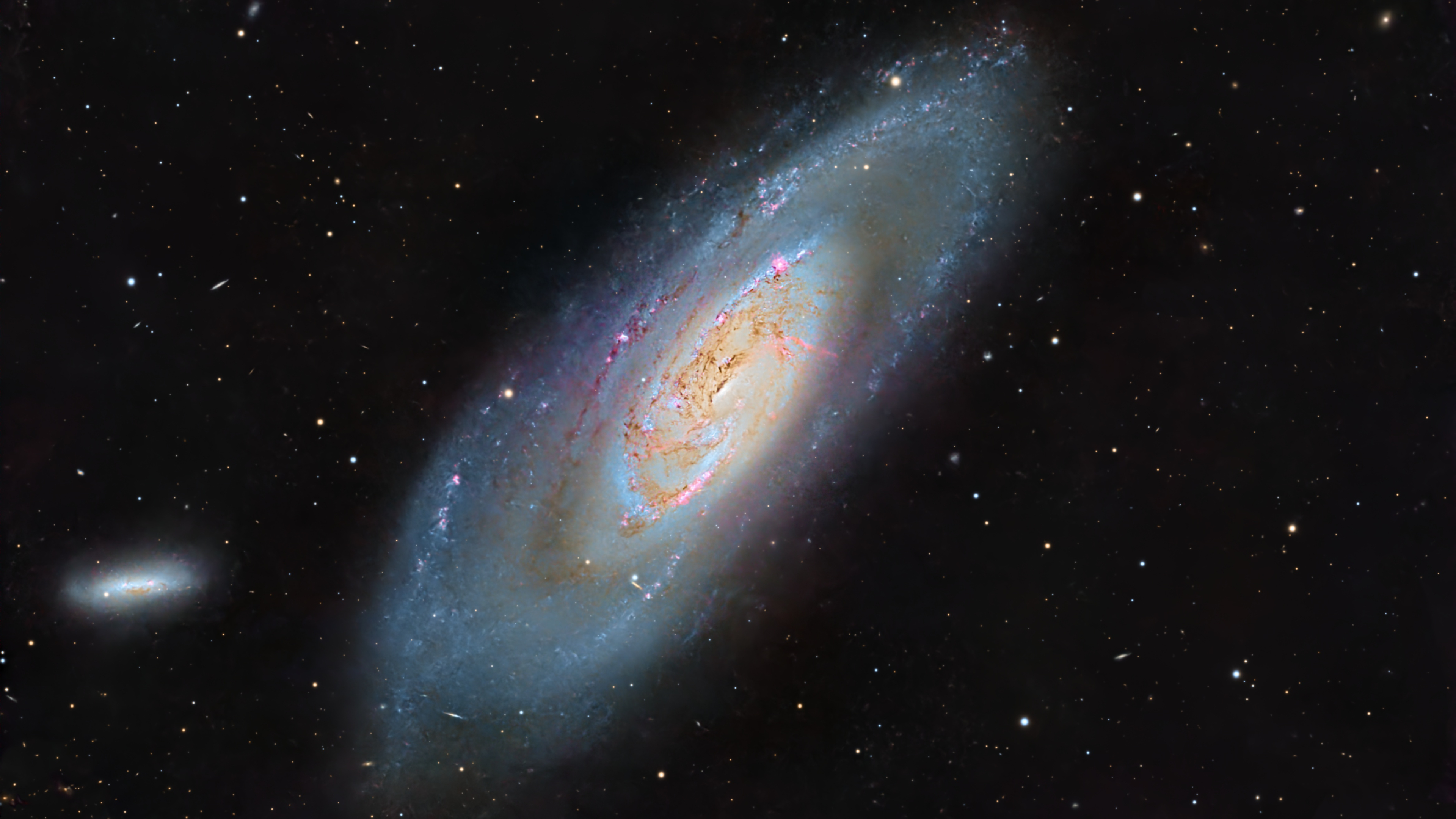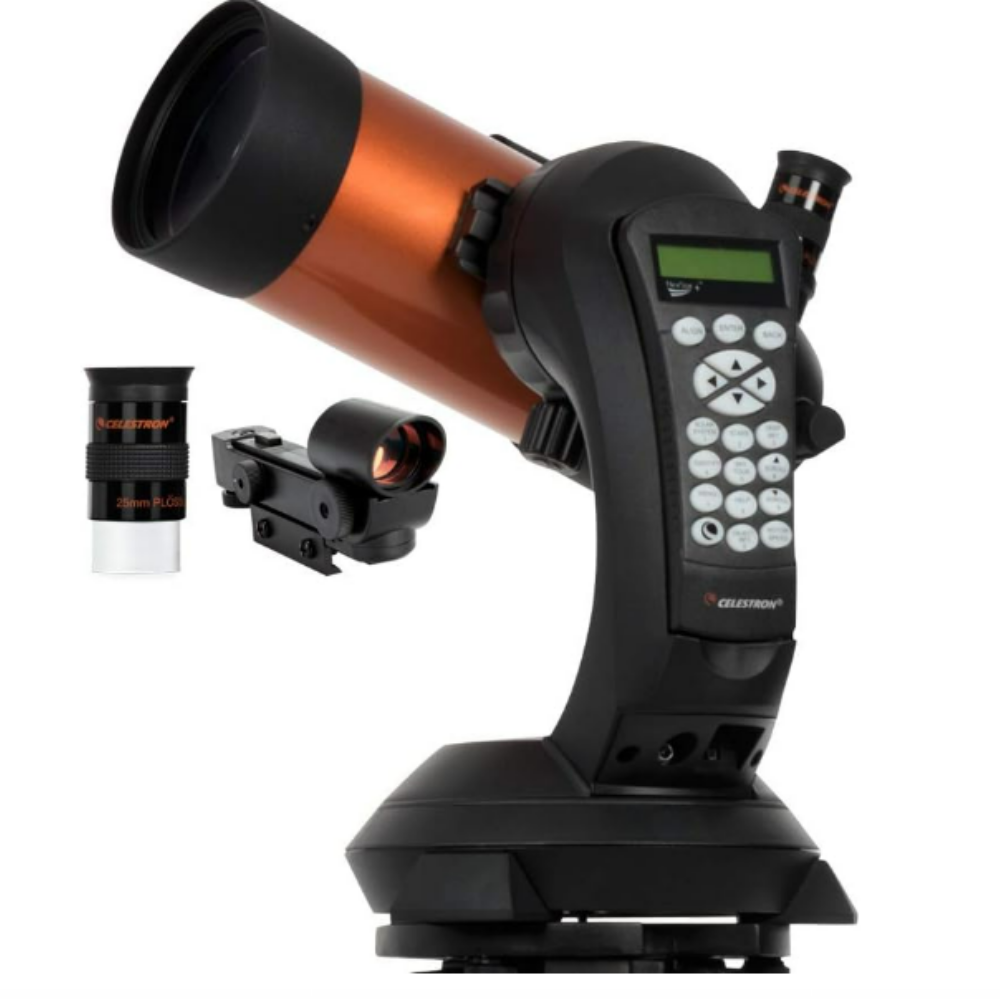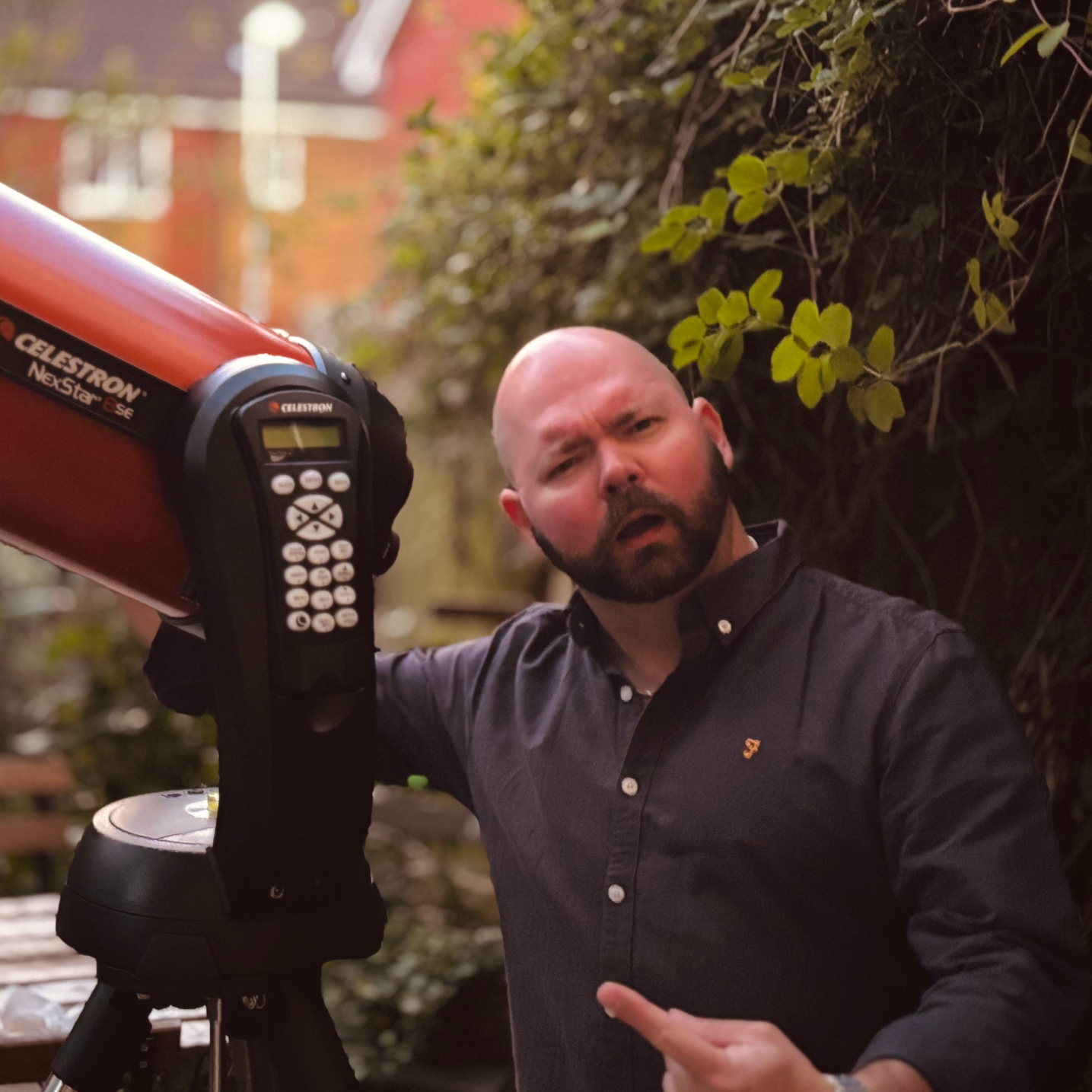Amateur astrophotographer captures a stunning galaxy 24 million light-years from Earth (photo)
A portrait 32-hours in the making.

Astrophotographer Ron Brecher has captured a stunning deep sky image of the spiral galaxy M106, located 23.5 million light years away in the constellation Canes Venatici.
Brecher imaged the distant galaxy for a little over 32 hours on nights spanning from March 27 to April 17, 2025. The finished portrait reveals the swirling arms of M106 focussed around an active, red-hued galactic core - an active star-forming region that is home to a ravenous supermassive black hole.
"M106 is classified as a Seyfert galaxy, meaning it has an active nucleus," explained Brecher in a post showcasing the image on his website. "It's thought that part of the galaxy is falling into a supermassive black hole near the center — it is sort of cannibalizing itself."
While M106 is too faint to be spotted in the night sky with the naked eye, it is an excellent target to view with a small telescope, though as noted by NASA, a larger telescope would be needed to resolve fine details. To find M106 in the northern hemisphere, stargazers need only locate the Big Dipper asterism of Ursa Major, and use a stargazing app to find the bright star Alkaid, and dimmer Psi Ursae Majoris. M106 can be found around the half way point between these two stellar giants.

Want to see galaxies in the night sky? The Celestron NexStar 4SE is ideal for beginners wanting quality, reliable and quick views of celestial objects. For a more in-depth look at our Celestron NexStar 4SE review.
But M106 isn't the only galaxy in this image. "The other prominent galaxy, at the lower left, is NGC 4248," continued Brecher. "It also shows pink nebulae. There are many more galaxies in this image. Look for fuzzy patches and needle-like structures that look different from the sharp, round stars."
Brecher wrote on his website that he never believed that he would get into astrophotography, but became captivated by the pursuit after buying a 4.5-inch reflector telescope for his son, and watching the night sky while soothing his then newborn daughter. His first forays into imaging the night sky saw Brecher capture the moon by holding a 'point and shoot' camera up to the eyepiece of his Celestron Ultima 200 Schmidt-Cassegrain telescope.
He has since experimented with numerous cameras, mounts, scopes and software to image cosmic objects ranging from Earth's moon, to monstrous deep sky galaxies. Brecher's latest portrait of Messier 106 was captured from his home outside the Canadian city of Guelph using a Celestron 14" Edge HD telescope situated in a SkyShed enclosure - which, as the name suggests, is a purpose-built shed with a removable roof.
Breaking space news, the latest updates on rocket launches, skywatching events and more!
Brecher processed the images he captured using a series of red, green, blue, and hydrogen-alpha filters with his CMOS QHY600M astronomy camera, before processing the resulting data using PixInsight software.
If you're looking for a telescope or binoculars to observe galaxies like M106, our guides for the best binoculars deals and the best telescope deals now can help. Our guides on the best cameras for astrophotography and best lenses for astrophotography can also help you prepare to capture the next skywatching sight.
Editor's note: If you want to share your astronomy photographs with our readers at Space.com, please email it to spacephotos@space.com.
Join our Space Forums to keep talking space on the latest missions, night sky and more! And if you have a news tip, correction or comment, let us know at: community@space.com.

Anthony Wood joined Space.com in April 2025 after contributing articles to outlets including IGN, New Atlas and Gizmodo. He has a passion for the night sky, science, Hideo Kojima, and human space exploration, and can’t wait for the day when astronauts once again set foot on the moon.
You must confirm your public display name before commenting
Please logout and then login again, you will then be prompted to enter your display name.
